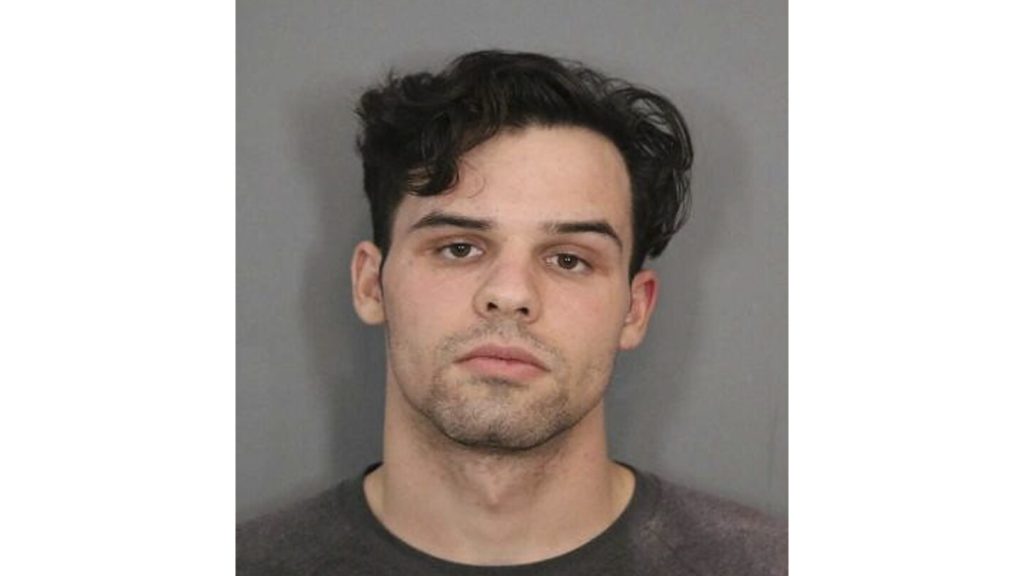Souzer’s capture in Mexico comes after he walked away from a halfway house, violating the conditions of his probation. The Orange County District Attorney’s Office described Souzer as dangerous and violent, noting that he had already served time for stabbing his mother to death in 2017 when he was only 13. After serving a short sentence for a vandalism charge, he was released on probation. This is not the first time Souzer has escaped from a halfway house, as he previously removed his electronic monitor and left in 2022, only to be later apprehended by police.
District Attorney Todd Spitzer expressed frustration with the handling of Souzer’s case by judges, stating that his prosecutors have tried to keep the violent criminal behind bars but have been met with leniency from the judiciary. Souzer’s defense attorney argued that the killing of his mother was an act of self-defense, citing years of abuse suffered by the teenager. In addition to the manslaughter conviction, Souzer has also been charged with multiple attacks on correctional officers, possession of a weapon in jail, and graffiti vandalism on a freeway underpass. He also managed to escape from a juvenile detention facility in 2019, further highlighting his history of violence and evasion.
After being captured in Rosarito, Mexico by U.S. Customs and Border Protection and Mexican officials, Souzer was returned to California to face consequences for violating his probation. His arrest marks the latest chapter in a troubling saga of violence and criminal behavior that has plagued Souzer since he was a teenager. Despite efforts by prosecutors to keep him incarcerated, Souzer has repeatedly slipped through the cracks of the justice system, raising questions about the effectiveness of rehabilitation and probation programs in dealing with violent offenders like him.
The case of Ike Nicholas Souzer serves as a cautionary tale about the challenges of dealing with individuals who pose a significant risk to public safety. Despite being convicted of killing his mother as a teenager, Souzer was released from custody and placed on probation, only to repeatedly violate his conditions and engage in further criminal behavior. The failures of the judicial system to effectively address the threat posed by Souzer raise concerns about the adequacy of the current approach to juvenile offenders and the need for more stringent measures to prevent future acts of violence.
District Attorney Spitzer’s criticism of the judges who have handled Souzer’s case underscores the frustrations faced by law enforcement officials and prosecutors in dealing with repeat offenders who continue to evade justice. The repeated escapes and criminal acts committed by Souzer highlight the limitations of current sentencing and probation practices in addressing violent and dangerous individuals. As Souzer faces consequences for his latest violation, the case raises important questions about the balance between rehabilitation and public safety when dealing with individuals with a history of violence.
The capture of Souzer in Mexico serves as a temporary resolution to a troubling chapter in his criminal history, but the broader questions raised by his case remain unresolved. As law enforcement officials work to hold Souzer accountable for his actions, the case serves as a stark reminder of the challenges posed by individuals who repeatedly engage in criminal behavior and evade consequences. Moving forward, there is a pressing need to reassess rehabilitation and probation programs to ensure that they are effective in addressing the risks posed by individuals like Souzer and preventing future acts of violence in our communities.


